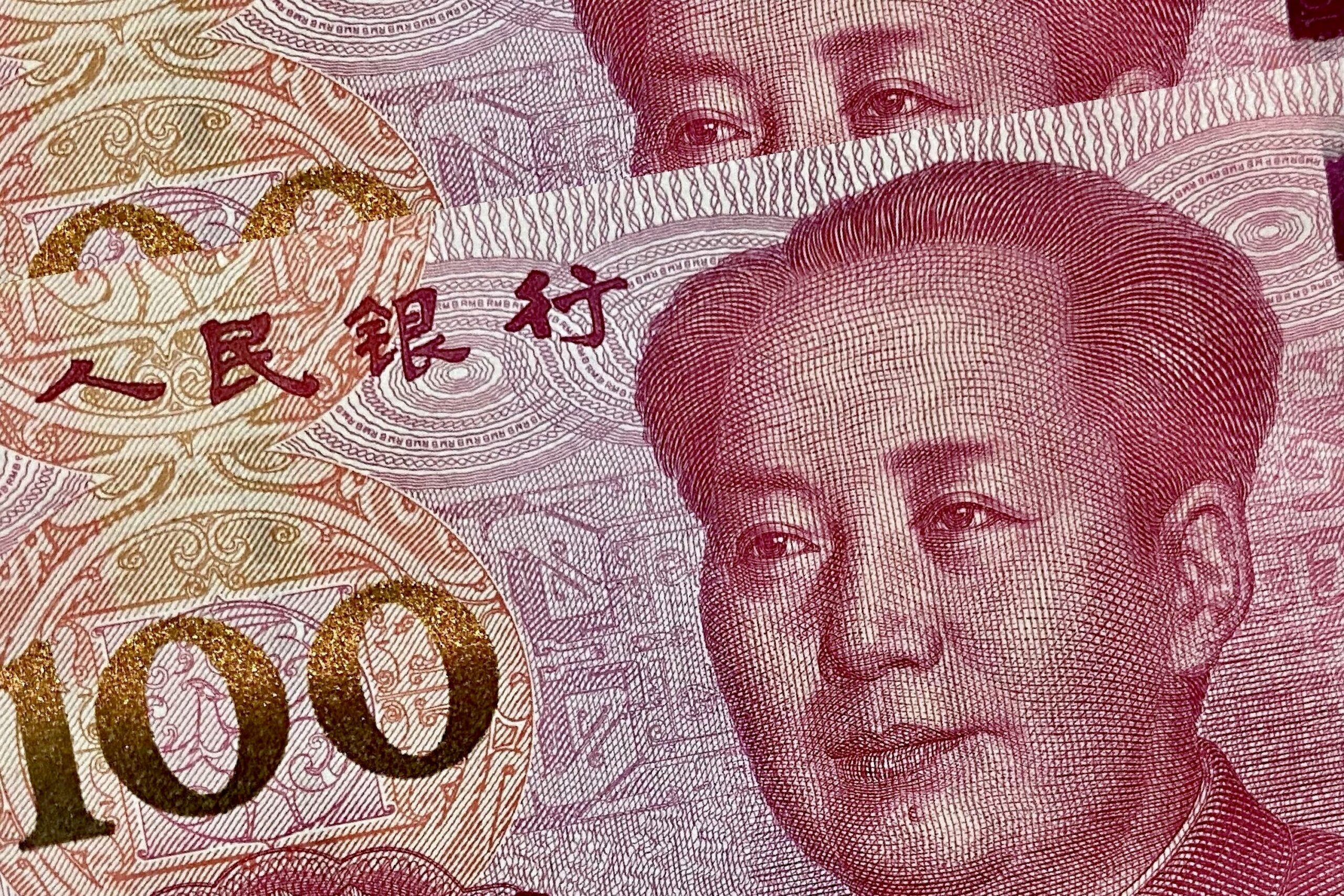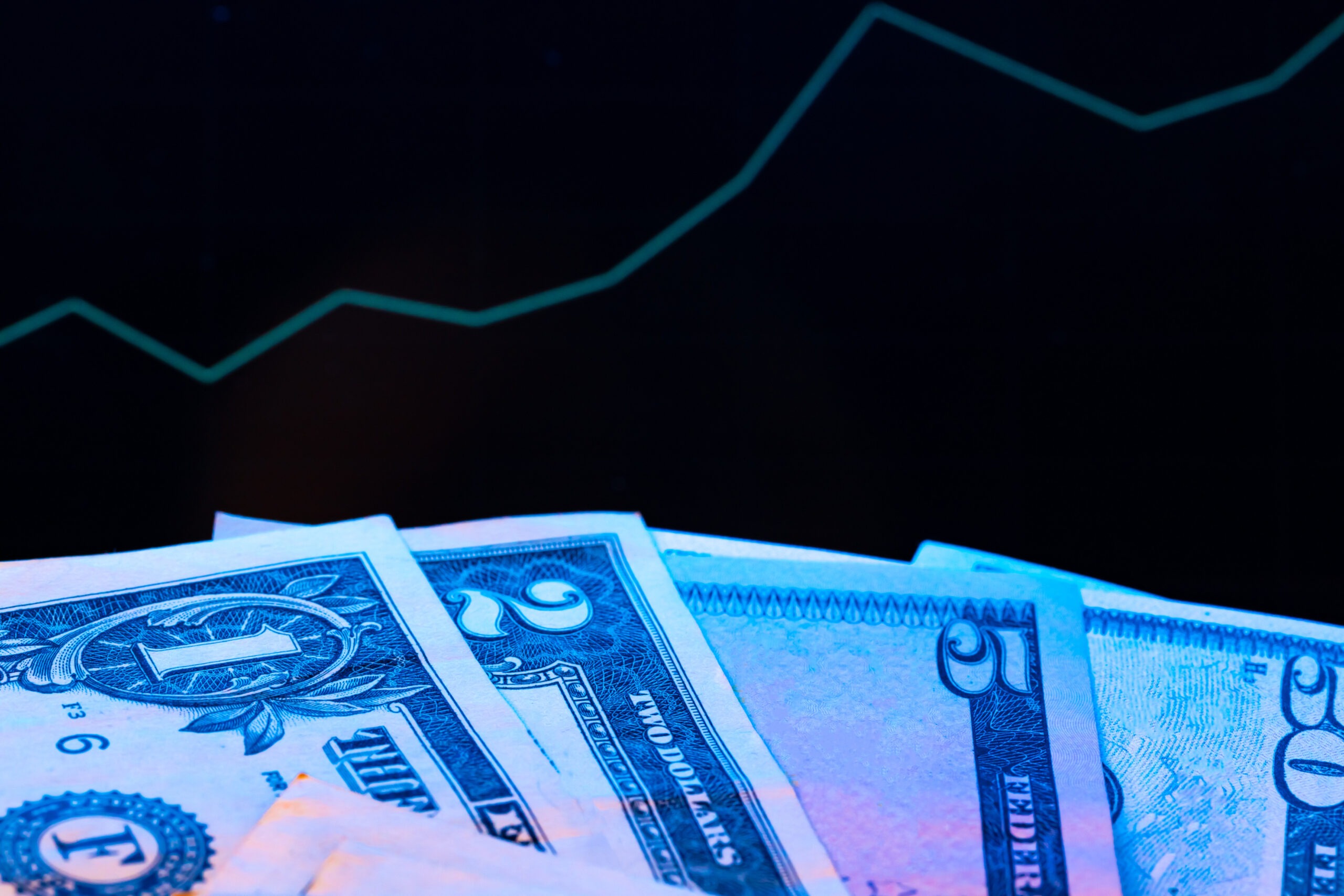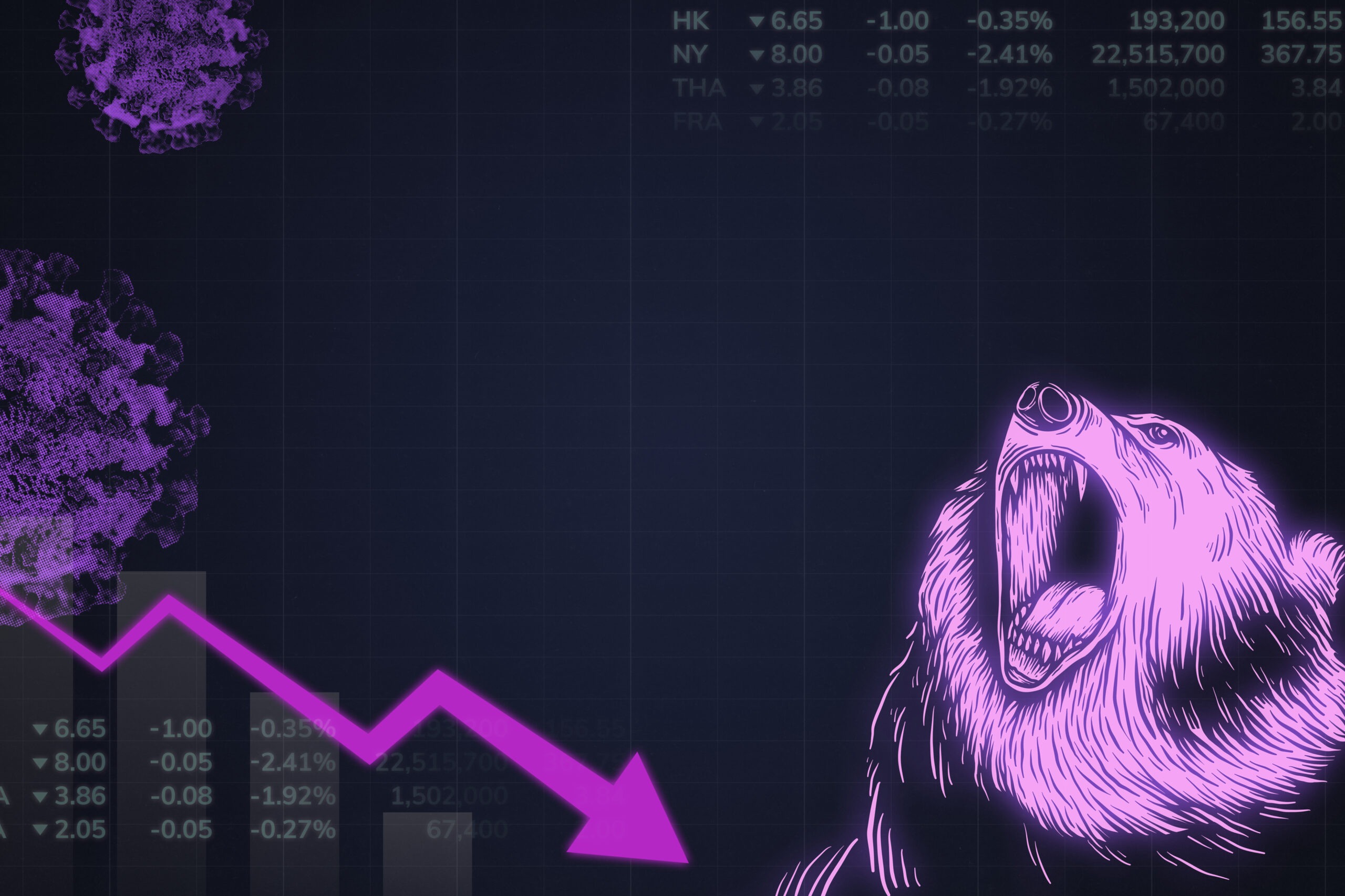China is facing a major financial challenge in 2025. With China’s debt nearing 300% of GDP and over $850 billion in U.S. dollar loans, the government is considering devaluing its currency—the Renminbi (RMB). This may ease debt pressure and help exports but could also lead to inflation, money outflows, and global tension. This article explains China’s debt crisis, why devaluation is on the table, and what it means for the world.
What Makes Up China’s Debt?
High Corporate Debt
- Corporate debt is around 160% of GDP.
- Most of it comes from state-owned companies and property developers.
- The real estate sector alone owes around $2 trillion.
Local Government Borrowing
- Local Government Financing Vehicles (LGFVs) owe about $9 trillion.
- Much of this is hidden from official records, creating financial risks.
Household Debt in China
- Household debt is 62% of GDP.
- Much of it is linked to real estate, which has fallen 30% since 2021.
The Big Picture
- In total, China’s debt is nearly 295% of GDP.
- This makes China one of the most heavily indebted major economies.
Why China’s Debt Problem Keeps Growing
- Stimulus Overuse: Since 2008, China has injected over $2 trillion into its economy, mainly in construction and real estate.
- Real Estate Crash: Big property developers like Evergrande have defaulted, freezing projects across the country.
- Shadow Banking: Non-bank lenders hide the true size of debts—shadow assets peaked at $13 trillion.
- Economic Slowdown: Growth dropped to 4.7% in early 2025.
- External Pressure: U.S. tariffs (10–60%) and a strong U.S. dollar make paying foreign debt harder.
Is Devaluing the RMB the Only Way Out?
Economic Reasons for Currency Devaluation
- Lower Debt Burden: A 10% weaker RMB reduces the real value of dollar-denominated debt.
- Boost to Exports: Cheaper currency helps Chinese products sell more abroad.
- More Dollars In: Export income helps repay foreign loans and builds up reserves.
- Credit Recovery: A weaker RMB can raise asset prices and help stabilize the credit market.
History Shows China Has Devalued Before
- In 1994, a major devaluation improved exports but raised tensions.
- Between 2015–2016, currency moves caused $1 trillion in capital outflows.
- In 2019, the RMB hit 7.2 per USD, leading to U.S. accusations of currency manipulation.
Today, similar conditions—weak growth, trade stress, and heavy debt—are pointing to another likely devaluation.
How Can China Devalue the RMB?
Tools the Government May Use
- Direct Devaluation: Quick but risky—it may cause investors to flee.
- Gradual Drop: Allow the RMB to slowly fall to 7.5–8.0 by 2026.
- Monetary Easing: Lowering interest rates to reduce currency pressure.
- Currency Market Moves: Using China’s $3.2 trillion in reserves to manage the fall.
The central bank prefers a slow decline to avoid panic and financial instability.
Effects of Devaluation on China’s Economy
Positive Outcomes
- More Exports: A 10% weaker RMB could boost exports by the same margin.
- GDP Growth: Economic output may rise by 0.5–1%.
- Debt Relief: The burden of foreign loans would be reduced.
Risks for the Economy
- Higher Prices: Import costs could cause inflation of 3–4%.
- Money Outflows: As seen before, up to $1 trillion could leave China.
- Bank Problems: Inflation may hurt loan repayments, raising bad loans.
- Public Anger: Rising food and fuel costs may upset citizens.
Global Impact of China’s Debt and Devaluation
Commodities and Currencies
- Commodities: Prices of oil, copper, and grains could rise.
- Stronger Dollar: A weaker RMB pushes the U.S. dollar higher.
- Emerging Markets: Countries like Turkey and Argentina may suffer if they owe dollars.
Global Trade Tensions
- A weaker RMB may restart U.S.-China trade conflicts.
- The U.S. might respond with more tariffs or sanctions.
China’s Debt vs. Political Stability
The Chinese government is facing a tough choice:
- Support exports
- Ease debt pressure
- Avoid public unrest
Devaluation helps with the first two but may hurt stability.
Challenges for the Government
- Capital Controls: Restrictions may not be enough if large money outflows begin.
- Global Politics: The U.S. may react strongly.
- RMB Reputation: Devaluation could damage efforts to make the RMB a global reserve currency.
- Inflation: Could spark public anger and reduce support for the government.
What the Experts Say About China’s Debt Strategy
- Mundell-Fleming: A weaker currency boosts exports but increases inflation.
- Debt-Deflation Theory: Devaluation helps stop falling asset prices and tight credit.
- Currency Crisis Models: If not managed well, reserves may run out and cause panic.
What Should Policymakers and Investors Do?
Advice for China’s Leaders
- Let RMB fall slowly to 7.5–8.0 by late 2026.
- Tighten controls to prevent money from leaving.
- Reform local government finance systems.
- Focus more on domestic consumer demand.
Tips for Investors
- Go Long USD/CNY: Expect further RMB weakness.
- Buy Commodities: Prices may rise due to Chinese demand.
- Avoid Chinese Stocks: Risk remains high.
- Use Derivatives: Prepare for currency and trade-related volatility.
Final Thoughts: China’s Debt Requires Careful Action
China’s debt has reached a danger zone. With over $11 trillion owed by local governments and property developers, and $850 billion in dollar-based loans, RMB devaluation seems increasingly likely. While gradual depreciation is the current path, unexpected shocks may force faster action. Globally, this would affect currencies, raise commodity prices, and strain emerging markets. Investors and policymakers alike must stay alert and flexible as China navigates this complex crisis.
Decode China’s debt drama, Join our Discord– where numbers meet strategy in real-time!
Click here to read our latest article- USD 2025 Surge



